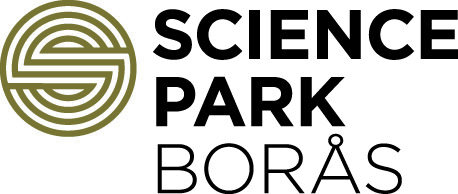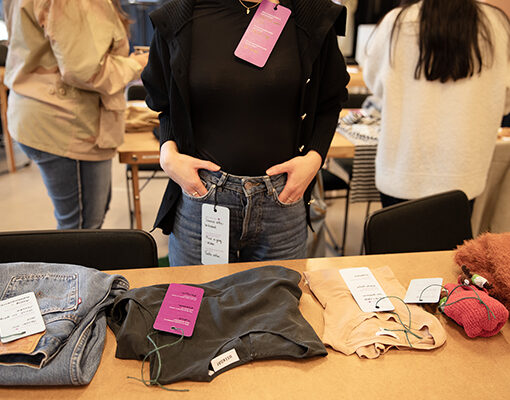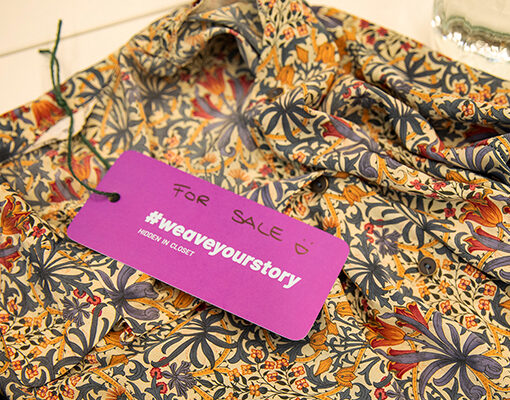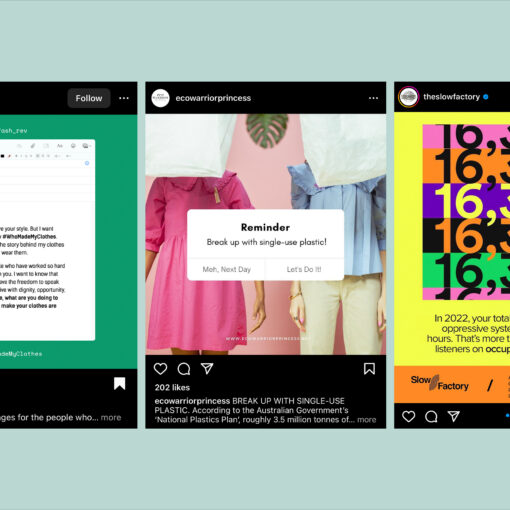Explore how digital storytelling and other storytelling techniques contribute to a better understanding of the intricate relationship between clothing consumption, emotions and sustainability.

The fashion industry is like a complex puzzle, and the industry’s shift toward sustainability requires substantial collaborative efforts involving governments, regulatory bodies, and industries. These efforts aim to ensure that the clothes purchased or used by consumers, their materiality, and how they must be used, promote responsible clothing consumption. However, a significant challenge arises when clothes reach consumers’ wardrobes, as the power to influence a garment’s sustainability impact largely rests with the consumers themselves. Further, research also indicates that consumers actively utilize less than half of their clothing possessions and often overlook the diversity of clothes they own. Hence, it becomes increasingly crucial to engage with consumers on a broader scale, fostering a sense of community where knowledge about sustainable clothing usage is shared and cultivated.
Research project on storytelling
The research project within the F/ACT Movement provides insightful and notably ’activist-oriented’ perspectives on consumption. It highlights how dedicating time and space to storytelling activities allows individuals to reflect on their clothing choices and how they use their clothes, ultimately leading to prolonged clothing usage. This understanding has emerged through digital storytelling activities on F/ACT’s Instagram platform and garment storytelling workshops conducted with students, professionals and the public.
It is dynamic how individuals perceive and interact with their clothes and with each other, and all of this is further heightened after the onset of the pandemic and the boom of AI. The user interface of Instagram has now become fluid, where the cross-sectional influences of different user interfaces within one platform, such as that of Spotify, inculcate consumer engagement. Through Instagram, one can observe how people effectively interact with curated content, aiming to narrate and generate garment stories. The interface then becomes an important medium to initiate and narrate a garment story.
Read more on digital storytelling here
Workshop for new storytelling for garments
Now, the interface also extends beyond the digital realm. This is particularly evident where the workshop setup serves as an interface for physically interacting with the garment, facilitating the narration and reflection of garment usage patterns.

While participants in the workshops showcased the material and form of the garment physically, they also illustrated the multiple uses of the garment through photos stored on their phones, as well as through their posts and archived stories on social media. This capability facilitated further discussions on how a garment has been cherished in different ways or why it is no longer cherished. It also prompted understanding of why the garment was purchased or borrowed initially, which, in turn, influenced the usage pattern of their clothes. The interlacement between the physical and digital realms is therefore perceptible and interconnected.

When people come together to talk about their clothes, they enable sharing the feel and look of the garment. This creates different perspectives for the wearers themselves, fostering external appreciation and prompting the wearers to rethink the status of the garment in their wardrobes.

Further, the workshops highlight that handmade garments hold an important place for the wearer, making the garment worn more often. It is also observed that repairing/upcycling a garment through surface embellishment techniques, such as embroideries, creates additional value for the wearer, thereby prolonging the use of the existing garment.

In the end, it is all about the story!
Stories are a way to shape narratives that allow the narrator to feel in control of their storytelling. The scope of narration here involves the narrator’s own existing garments, and the interfaces of storytelling enable an understanding of the emotions associated with the garment, thereby adding meaning to the garment story. Eventually, the narrative activity transforms into a problem-solving activity.

Just like a student who takes an extra step to address the above top that is not worn often. They offer to feature it for sale in the mini-experiential exhibition, part of the workshop that allows everyone to feel and see each other’s garments. During a seminar held after the workshop, it is revealed that, upon seeing the added message on the story tag, another student inquired about the garment. The original owner then donated it during the workshop itself. Carrying along past experiences through the story tag, the garment has now transitioned from its previous status of being rarely worn to becoming the most worn for its new owner, thereby utilizing the most of what exists within oneself and keeping it in use. This symbolizes the sustainable ethos embedded in the storytelling process.
Moreover, this transformation not only utilizes the most of what exists within oneself but also symbolizes the potential for change inherent in the storytelling process. Thus, inculcating a mindset of responsibly consuming clothes transcends being solely an individual challenge; it becomes a collective endeavor.
Text: Jamila Juzer Siamwalla, research assistant at Science Park Borås
Photo: Victoria Hasselberg Garcia & Jamila Juzer Siamwalla



